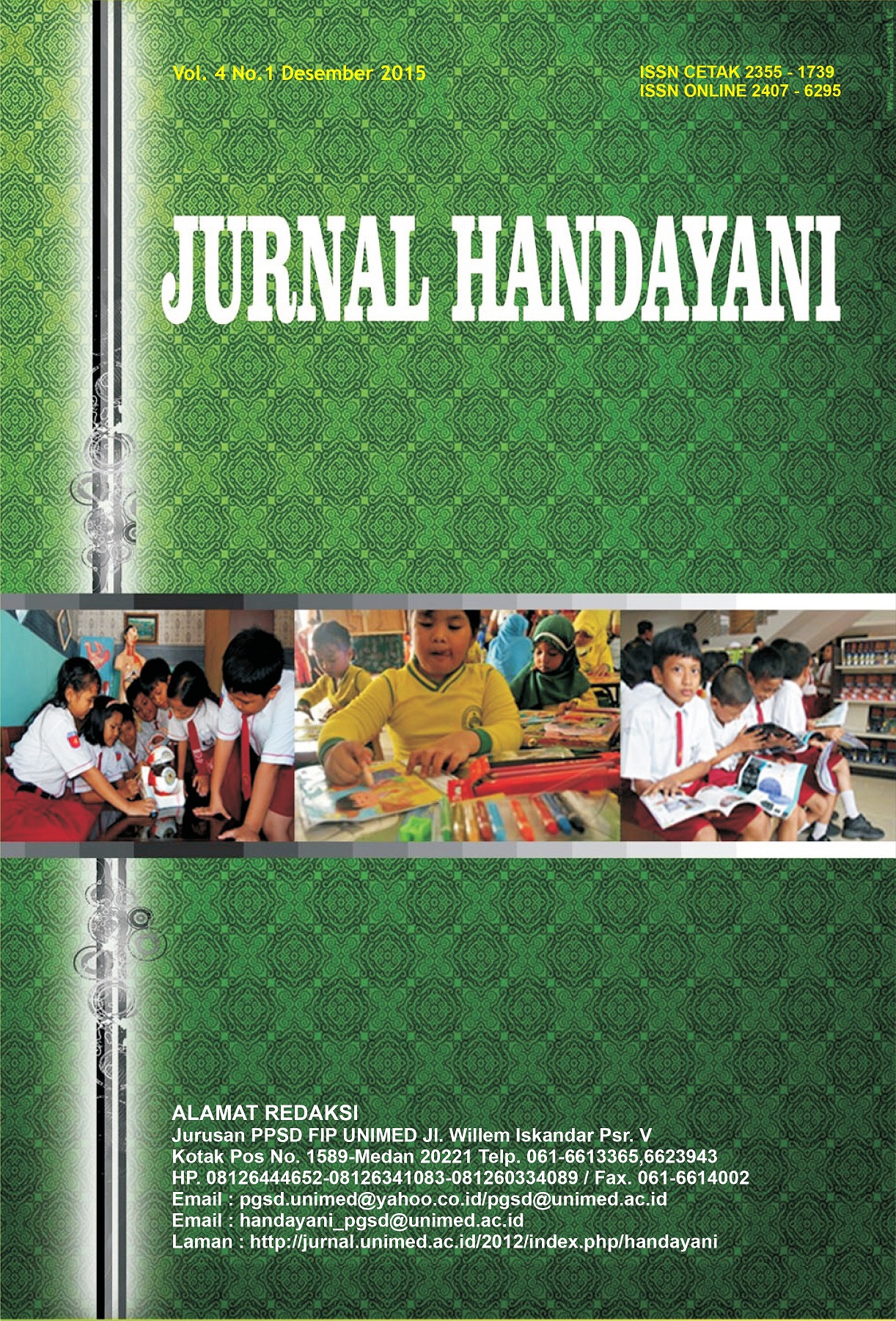Abstract
ABSTRAK Penelitian ini merupakan penelitian eksperimen semu dengan rancangan kelompok pretest-posttest control. Tujuan penelitian: untuk mendeskripsikan revolusi berpikir mahasiswa dengan pendekatan heutagogi, konvensional dan mendeskripsikan perbedaan revolusi berpikir dengan kedua pendekatan tersebut. Berdasarkan hasil uji t pada pre-test diketahui bahwa nilai rata-rata yang diperoleh mahasiswa pada kelompok eksperiman yaitu 78,53, yang berarti lebih tinggi daripada nilai rata-rata pada kelompok kontrol yaitu 71,83. Pada uji t didapatkan nilai tHitung = -3,880; sedangkan tTabel, yaitu tdf=29; âˆ=0,05 = 2,045. Hal ini berarti bahwa tHitung < tdf=29; âˆ=0,05. Maka pada pre-test nilai rata-rata tidak berbeda nyata. Pada post test, nilai rata-rata mahasiswa pada kelompok eksperimen lebih tinggi dibandingkan nilai rata-rata mahasiswa pada kelompok kontrol. Pada uji t didapatkan nilai statistik tHitung = -7,319; sedangkan tTabel, yaitu tdf=29; âˆ=0,05 = 2,045; yang berarti bahwa tHitung > tdf=29; âˆ=0,05. Maka, kedua nilai rata-rata tersebut berbeda nyata. Berdasarkan uji statistik diketahui: (1) hasil belajar pendekatan secara signifikan lebih tinggi; (2) terjadi peningkatan kemampuan berpikir mahasiswa yang dapat dilihat dari hasil belajar dan nilai rata-rata pada kelompok mahasiswa. Kata Kunci : Revolusi Berpikir, Heutagogi, Konvensional


